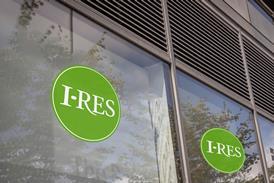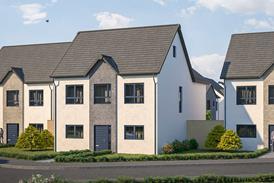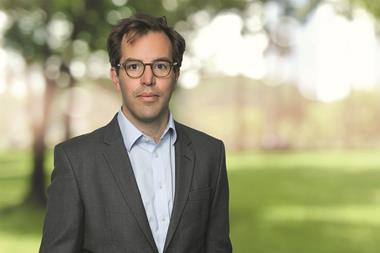Beauty, it seems, is not just in the eye of the beholder. It is set to be enshrined in national planning guidance.

Beauty has become the new buzzword guiding our approach to the built environment – at least that is what the government would like us to believe.
The interim report from the Building Better, Building Beautiful Commission was entitled ‘Creating Space for Beauty’ and its objective was to put beauty at the heart of the planning system by embedding it into the National Planning Policy Framework (“NPPF”), alongside the concept of sustainable development.
Beauty is a difficult word for public policy because it is vague and imprecise, but it was intentionally chosen to try and grasp something that we have lost, especially in relation to our built environment.
Public policy is more comfortable with the term ‘design quality’ than beauty, but this is less nuanced and after many decades of debating why, as a nation, we feel a general sense of loss when it comes to the quality of our built environment, a different angle is needed. As a result, the word ‘beautiful’ has made it into the sub-title of the National Design Guide.
The character and identity of a place is influenced by the people and events that have shaped it over time and this ‘inheritance’ needs to be grasped. This might explain why ‘Creating space for Beauty’ looks back to the original aims of the 1909 Planning Act, which sought, ‘to secure the home healthy, the house beautiful, the town pleasant, the city dignified and the suburb salubrious.’

The report goes on to present a vision for failing high streets, obsolete retail parks and bland housing estates to be re-imagined as beautiful, finely grained, mixed-use communities with an authentic sense of place; something closer to the earlier vision for town and country planning.
It also specifically refers to, ‘the spirit of place,’ in relation to streets, squares and parks and it challenges the view that beauty is just for conservation areas or listed buildings. It states that beauty should be for us all, everywhere and new development should always aim to improve the place in which it occurs.
If we build in the future without reference to identity or spirit of place, the danger is we will produce a built environment that leaves people feeling alienated.
Karl Marx said: ‘Take away the heritage of a people and they are easily persuaded.’ Marx realised that if you separate people from their heritage you disempower them; you take away their identity and their confidence and then you can do what you want with them.
On the other hand, when an understanding of heritage and spirit of place are intertwined with the design of new development, we can create beautiful, enduring and successful places.
Nick Corbett is an associate director with WSP | Indigo and author of Transforming Cities: Revival in the Square (published by RIBA).
































No comments yet